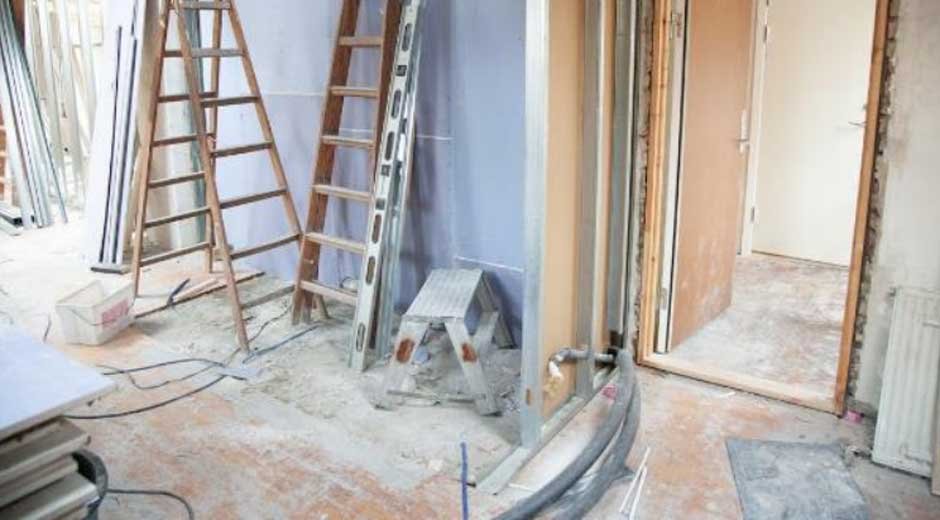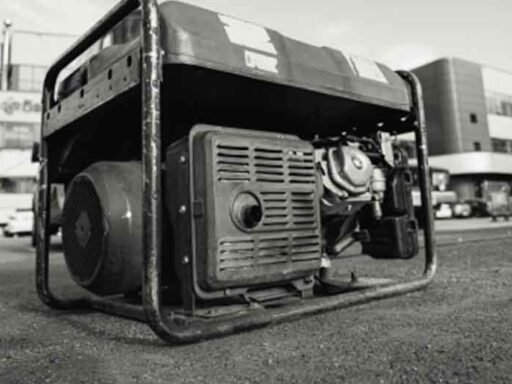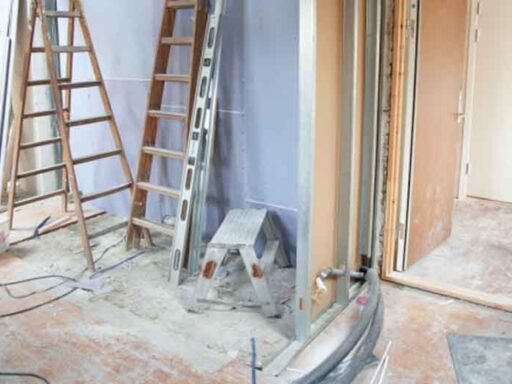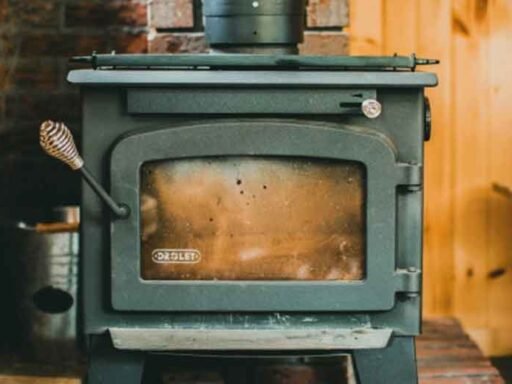Ever feel like your Florida home is secretly plotting against you with every passing season? One day it’s the humidity warping your door frames, the next it’s a sudden plumbing leak during a thunderstorm. From mold to salt air damage, the environment doesn’t exactly take it easy on homeowners here. In this blog, we will share practical ways to stay ahead of home repairs before small problems turn into expensive disasters.
Look for the Unseen Before It Breaks Something You Can See
The thing about home damage is that it rarely shows up with flashing lights. It creeps in quietly—through moisture buildup, neglected vents, or small structural shifts that no one notices until the drywall starts cracking. Many homeowners wait for something obvious to happen, but by that point, the damage has already reached your budget.
Air leaks, for example, are easy to ignore until your energy bill skyrockets. Hidden ductwork issues? Same story. What should be a minor adjustment becomes months of inefficient heating or cooling. That’s why regular inspections—not just the annual spring cleaning—are so critical. If you’re not checking the attic for condensation or crawling around to spot subtle plumbing drips, you’re probably missing early warning signs. Waiting for “clear proof” usually means waiting until it’s too late to do anything cheap about it.
Professionals who specialize in duct sealing in Lake City, FL often catch inefficiencies that homeowners never see. Unsealed ducts don’t just waste energy—they throw off your home’s entire airflow balance, which can create temperature swings between rooms and invite excess moisture where it doesn’t belong. Taking care of this improves indoor comfort, lowers utility costs, and reduces strain on your HVAC system. More importantly, it prevents long-term damage that builds quietly behind your walls and ceilings. A few hundred dollars spent early often saves thousands later, and keeps your home working like it’s supposed to.
If It’s Wood, Water, or Wires—Check It More Than Once a Year
Any material that absorbs water, powers your house, or holds structural weight should not be left unchecked. Water damage, in particular, can wreck a home’s value faster than just about anything else. It seeps into subfloors, rots framing, and invites mold that lingers no matter how much bleach you throw at it. And it doesn’t always come from storms or floods—many times it starts from slow leaks under sinks, behind washers, or around toilet seals.
Make a habit of walking through your house once a quarter with your eyes open for trouble. Look under sinks and behind appliances. Test outlets near plumbing. Open access panels and feel for dampness. If a door suddenly starts sticking, don’t just sand it down—figure out why the frame is swelling. If your water bill spikes and you haven’t changed usage, assume a hidden leak and start digging.
Electrical issues don’t usually announce themselves until something shorts or smells like burning plastic. But flickering lights, warm outlets, or frequently tripped breakers aren’t quirks—they’re warnings. Most electrical fires start because someone ignored one of those small signs. Bringing in a licensed electrician to do a full panel inspection every few years isn’t overkill. It’s basic safety.
Paint Isn’t Just Decoration—It’s a Seal
People think of paint as cosmetic, but it’s one of the most practical protective layers your home has. Exterior paint protects siding from sun, rain, and insects. Interior paint, especially in bathrooms and kitchens, provides a layer of resistance against moisture. When it starts to crack, peel, or fade unevenly, it means the material beneath is now vulnerable.
This is especially true for homes in regions with temperature extremes, frequent rainfall, or direct sun exposure. If your siding is wood, water gets in through those small cracks. If it’s vinyl, sunlight makes it brittle over time. Both lead to structural problems that aren’t visible until something collapses or breaks.
Repainting every five to seven years doesn’t just freshen things up. It seals the envelope of your home. And if you do it early—before wear is obvious—you save yourself the cost of repairs that the paint was supposed to prevent in the first place.
Seasonal Shifts Are Your Best Reminder System
The rhythm of seasons is nature’s version of a calendar reminder. When the weather changes, something in your home probably needs to be checked, cleaned, or reset. Before summer hits, check your attic insulation, flush the HVAC lines, and clean ceiling fans. As fall rolls in, test smoke detectors, inspect your roofline, and prep for potential freezes—even in states where that’s rare.
If you live somewhere with wild weather swings, take that seriously. Weatherproofing isn’t a once-and-done job. Caulking shrinks. Insulation settles. Window seals wear down. Instead of reacting when you feel a draft, inspect proactively. And take photos—every season. Comparing before and after shots can help you catch creeping problems that don’t show up all at once.
It’s less about perfection and more about rhythm. The more you build upkeep into the way you move through the year, the fewer surprises hit your budget when things go sideways.
Staying ahead of home repairs isn’t about having a sixth sense or spending every weekend crawling under your house. It’s about noticing patterns, acting early, and learning what not to ignore. Homes will always need care, but there’s a big difference between maintaining and scrambling. The people constantly putting out fires aren’t unlucky. They’re just reacting late.
The irony of homeownership is that the more you try to avoid repairs, the more they chase you. But if you stay a step ahead—check what others skip, fix what others ignore, maintain what others forget—you get to live in a home that works for you instead of against you. You’ll spend less, stress less, and watch fewer things break at the worst possible moment.
Most expensive repairs don’t start expensive. They start small, quiet, and easy to fix. You either handle them while they’re still whispering, or wait until they scream. Your call.






